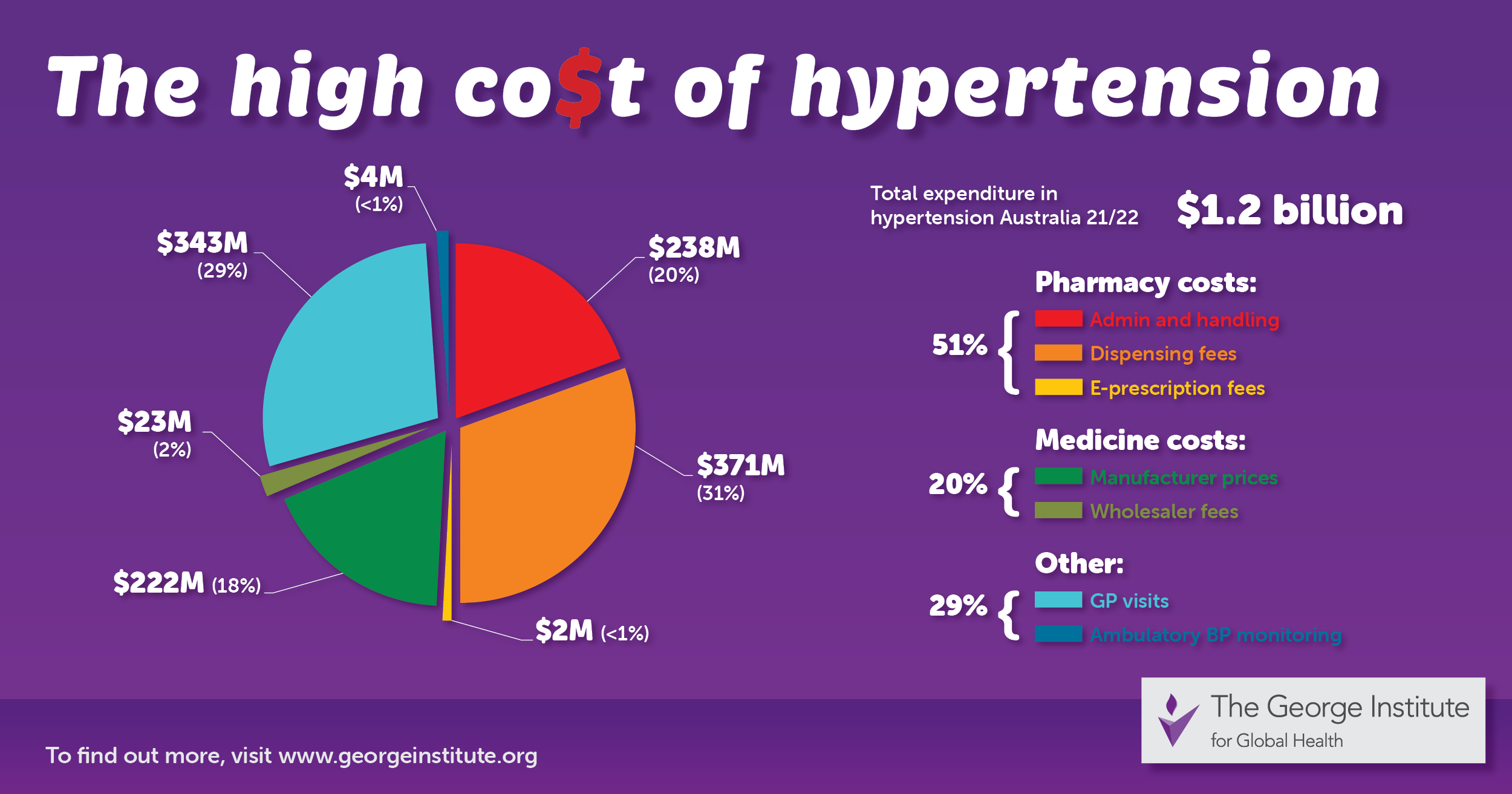QUT biomedical engineers have developed a new automated method to drastically advance melt electrowriting, a new, high-resolution 3D printing technology used in tissue engineering and regenerative medicine.
- New method enables melt electrowriting (MEW) experimentation in hours, not days
- MEW has many biomedical applications including soft robotics, tissue engineering
First author Dr Pawel Mieszczanek, who did his PhD in the at QUT, said the researchers’ method would enable faster advancement of melt electrowriting (MEW) technology.
“MEW is a multifaceted 3D printing technology that also has applications in bioengineering, biomaterials science, and soft robotics,” Dr Mieszczanek said.
“However, it has faced many challenges from its early stages more than 10 years ago to its current stage, hampered by long experimentation times, low printing speeds, poor consistency in results, and dependence on the user for printer operation.
“To address these problems, we used machine learning (ML) to create a closed-loop process control system for MEW.
“The novel MEW system design is effective because it monitors the fibre-flight pass, allowing us to use real-time imaging for continuous analysis.”
Distinguished Professor , director of the , based at QUT, said the new automated data collection system reduced the experimental time to hours instead of days and weeks.
“We use a feedforward neural network, optimization techniques, and feedback loop to ensure that printed parts are consistently reproducible.
“This work shows that machine learning can automate MEW operations and support the engineering of effective closed-loop control in complex 3D printing technology.”
The research team comprised: Dr Pawel Mieszczanek, Distinguished Emeritus Professor, Distinguished Professor W. Hutmacher, all from QUT; Professor Courosh Mehanian and Associate Professor Paul D. Dalton from the University of Oregon.
(Image, from left: Distinguished Professor Dietmar Humacher, Dr Pawel Mieszczanek
The study, was published in Communications Engineering.






